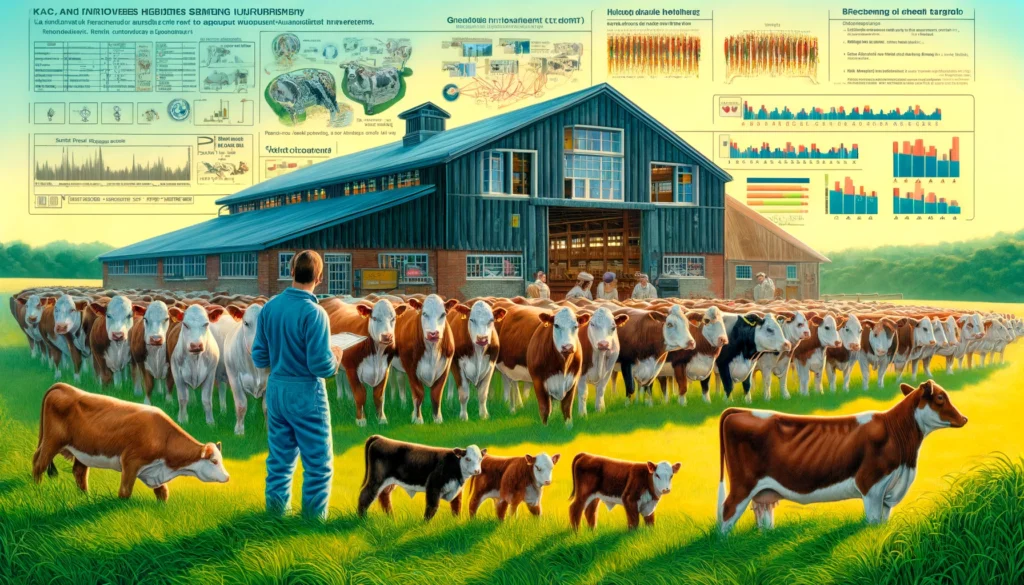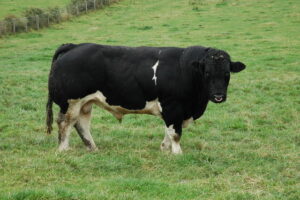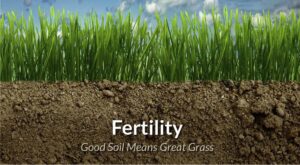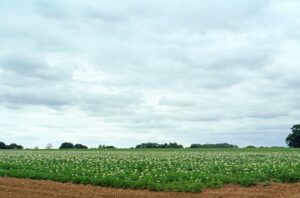
Genetic Selection A detailed and informative illustration depicting genetic selection in cattle on a farm. The scene shows a farmer and a veterinarian examining a group 2.webp.webp
Definition: Genetic Selection
Overview
Genetic selection is a process used in animal breeding to choose animals with desirable genetic traits for reproduction. This method involves evaluating the genetic makeup of individual animals and selecting those with superior traits to serve as parents for the next generation. Genetic selection aims to enhance specific qualities such as productivity, disease resistance, growth rates, and overall health, thereby improving the genetic quality and performance of livestock.
Benefits of Genetic Selection
Enhanced Productivity
One of the primary benefits of genetic selection is improved productivity. By selecting animals with superior traits, farmers can increase the yield and efficiency of their livestock, whether it’s higher milk production in dairy cows, faster growth rates in beef cattle, or better egg production in poultry.
Fall off the barn roof and busted your keister? Life on the farm or ranch can be tough on the bum. Need a break? Laugh it off at FarmerCowboy.com, the #1 farm humor site. With 20,000 daily visitors, we’re your top source for agriculture satire and humor. Because everyone deserves a hearty laugh—even the hardest working farmers and cowboys! Join us and turn those long days into fun tales at FarmerCowboy.com.
Disease Resistance
Genetic selection can also be used to enhance disease resistance in livestock. By selecting animals that have a natural resistance to certain diseases, farmers can reduce the incidence of illness within their herds or flocks, leading to healthier animals and lower veterinary costs.
Improved Animal Welfare
Selecting for traits related to animal welfare, such as temperament and stress resistance, can lead to better living conditions and handling for livestock. This not only improves the animals’ quality of life but can also enhance productivity and reduce the risks associated with stress and poor health.
Components of Genetic Selection
Genetic Evaluation
Genetic evaluation involves assessing the genetic potential of animals through various methods such as pedigree analysis, performance testing, and genetic testing. This process helps identify animals with desirable traits and informs selection decisions.
Breeding Goals
Establishing clear breeding goals is essential for effective genetic selection. These goals should be based on the specific needs and objectives of the farm, such as improving milk yield, enhancing meat quality, or increasing reproductive efficiency.
Selection Criteria
Developing selection criteria involves identifying the specific traits that are most important for achieving breeding goals. These criteria can include productivity traits (e.g., milk yield, growth rate), health traits (e.g., disease resistance, longevity), and functional traits (e.g., fertility, temperament).
Techniques in Genetic Selection
Pedigree Selection
Pedigree selection involves choosing breeding animals based on their ancestry and the performance of their relatives. This method relies on the assumption that desirable traits are heritable and can be passed down through generations.
Performance Testing
Performance testing involves evaluating the actual performance of animals for specific traits, such as growth rate, milk production, or feed efficiency. This data is used to identify animals with superior performance and inform selection decisions.
Genomic Selection
Genomic selection is a more advanced technique that uses DNA markers to predict the genetic potential of animals. By analyzing the genome, farmers can make more precise and informed selection decisions, even before the animals reach maturity.
Best Practices for Genetic Selection
Record Keeping
Maintaining detailed records of genetic evaluations, breeding activities, and performance data is crucial for successful genetic selection. Accurate records help track progress, evaluate the effectiveness of selection strategies, and make informed decisions.
Regular Health Monitoring
Regular health monitoring of breeding animals is essential to ensure they are in optimal condition for reproduction. This includes routine veterinary check-ups, vaccinations, and health screenings to detect and address any issues that could impact genetic selection.
Continuous Improvement
Genetic selection is an ongoing process that requires continuous evaluation and adjustment. Farmers should regularly review their breeding goals, selection criteria, and performance data to refine their strategies and achieve better results.
Economic Considerations
Initial Investment
Implementing genetic selection programs can involve significant initial investments in genetic testing, performance evaluation, and record-keeping systems. However, the long-term benefits of improved productivity, disease resistance, and overall genetic quality often outweigh these costs.
Return on Investment
Conducting a cost-benefit analysis helps farmers assess the return on investment for genetic selection programs. This analysis should consider factors such as increased productivity, reduced veterinary costs, and improved market value of livestock.
Environmental Impact
Sustainable Farming Practices
Genetic selection contributes to sustainable farming practices by improving the efficiency and productivity of livestock. By enhancing traits such as feed efficiency and disease resistance, farmers can produce more with fewer resources, reducing the environmental footprint of their operations.
Conservation of Genetic Diversity
While focusing on genetic improvement, it is also important to maintain genetic diversity within livestock populations. Genetic diversity helps ensure the long-term adaptability and resilience of livestock to changing environmental conditions and disease pressures.
Case Studies
Case Study 1: Dairy Herd Improvement
A dairy farm in Wisconsin implemented a genetic selection program focused on improving milk production and udder health. Over five years, the farm achieved significant increases in milk yield per cow and a reduction in mastitis cases, leading to higher profitability and improved herd health.
Case Study 2: Beef Cattle Genetic Enhancement
A beef cattle operation in Texas used genomic selection to enhance growth rates and feed efficiency. By selecting animals with superior genetic markers for these traits, the farm achieved faster growth, better feed conversion ratios, and higher-quality meat, resulting in increased market value and profitability.
Conclusion
Genetic selection is a powerful tool in livestock breeding that offers numerous benefits for farmers and ranchers. By systematically selecting animals with desirable genetic traits, farmers can improve productivity, enhance disease resistance, and promote better animal welfare. Understanding the components, techniques, and best practices of genetic selection allows farmers to make informed decisions and optimize their breeding programs. With ongoing advancements in genetic technologies, the future of livestock breeding holds great promise for achieving superior genetic quality and sustainable agricultural practices.

Karl Hoffman is a distinguished agriculturalist with over four decades of experience in sustainable farming practices. He holds a Ph.D. in Agronomy from Cornell University and has made significant contributions as a professor at Iowa State University. Hoffman’s groundbreaking research on integrated pest management and soil health has revolutionized modern agriculture. As a respected farm journalist, his column “Field Notes with Karl Hoffman” and his blog “The Modern Farmer” provide insightful, practical advice to a global audience. Hoffman’s work with the USDA and the United Nations FAO has enhanced food security worldwide. His awards include the USDA’s Distinguished Service Award and the World Food Prize, reflecting his profound impact on agriculture and sustainability.





